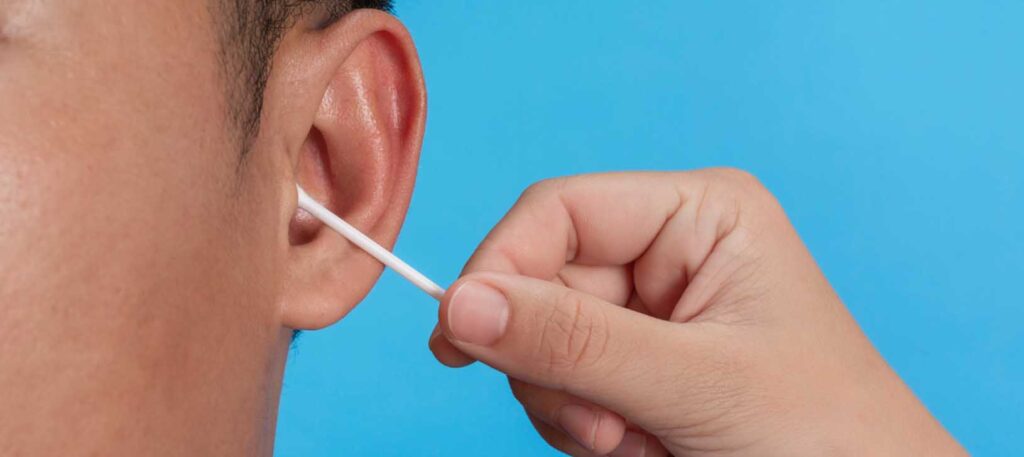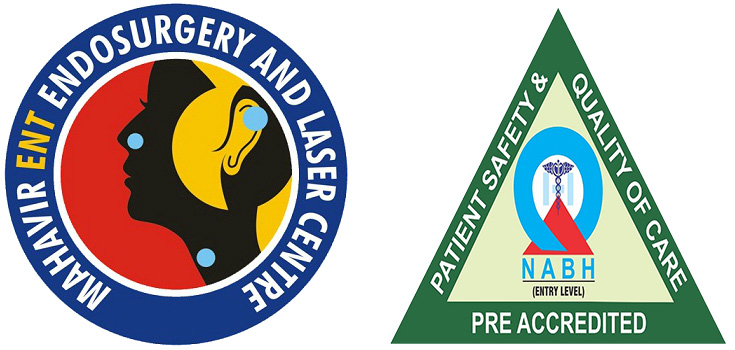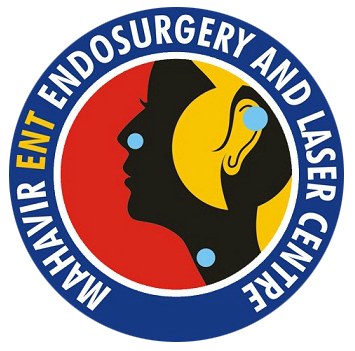Ear Wax
Services > Ear Wax
- Vertigo
- Ear Wax
- Ear Pain
- Ear Infections
- Ear Cholesteatoma
- Acoustic Neuroma
- Torn Ear Lobes
- Perforation In Ear
- Ototoxicity
- Otitis Media
- Mastoiditis
- Hearing loss
- Foreign bodies in the ear
- Rhinoplasty
- Breathing Problems
- Foreign bodies in nose
- Nasal Bone Fracture
- Nasal Septum
- Nasal Polyp
- Nasal Deformity
- Nosal Allergy Clinic
- Nose Bleeding Treatment
- Sinus Treatment
- Chronic Sinusitis
- Adenoidectomy
- Voice Disorders
- Salivary gland problems
- Papillary Thyroid Carcinoma
- Oral and Throat problems
- Laryngeal Vocal Nodules
- Laryngeal Vocal Cord Palsy
- Foreign body in esophagus
- Foreign body in bronchus
- Difficulty in Swallowing
- Cancer of the Larynx
- Sleep Apnea
- Snoring Treatment
- Head & Neck Cancer
- Thyroid Cancer / Papillary Carcinoma

Why Do Ears Make Wax?
Earwax is made in the outer ear canal, the area between the fleshy part of the ear on the outside of the head and the middle ear. The medical term for earwax is cerumen.
Earwax has some important jobs, like:
- acts as a waterproof lining of the ear canal, protecting it and the eardrum from germs that can cause infection
- traps dirt, dust, and other particles, keeping them from injuring or irritating the eardrum
Does Earwax Need to Be Removed?
Usually, there’s no need to remove earwax because it comes out by itself. Sticking anything into a child’s ears raises the risk of infection or damage to the ear canal or eardrum. Cotton swabs are handy for a variety of grooming needs, but should not be used to remove earwax. In most cases, regular bathing is enough to keep it at healthy levels.
While some people have more earwax than others, in general the ear makes as much wax as it needs. Rarely, kids’ ears do make too much earwax. And sometimes earwax can build up and block the ear canal, especially when pushed in by a finger, cotton swab, or other object. This is called “impaction.” If it affects hearing or causes pain or discomfort, a doctor can remove it.
Parents — and kids — shouldn’t attempt to remove earwax at home, even with remedies that promise to be safe and effective. Doing so risks damage to the ear canal and, possibly, a child’s hearing.
When Should I Call the Doctor?
Call the doctor if your child has:
- ear pain, itchiness, or discomfort (like a blocked feeling in the ears)
- hearing problems
In infants and toddlers, tugging at the ears can be sign of an ear problem. Sometimes doctors will remove earwax:
- if it’s painful, itchy, or uncomfortable
- if affects hearing
- to get a better view of the eardrum to check for problems
Earwax removal usually is done in the doctor’s office. There might be a little discomfort but it isn’t painful. If a child can’t sit still or cooperate, the doctor can remove it in an operating room while the child is under general anesthesia.

